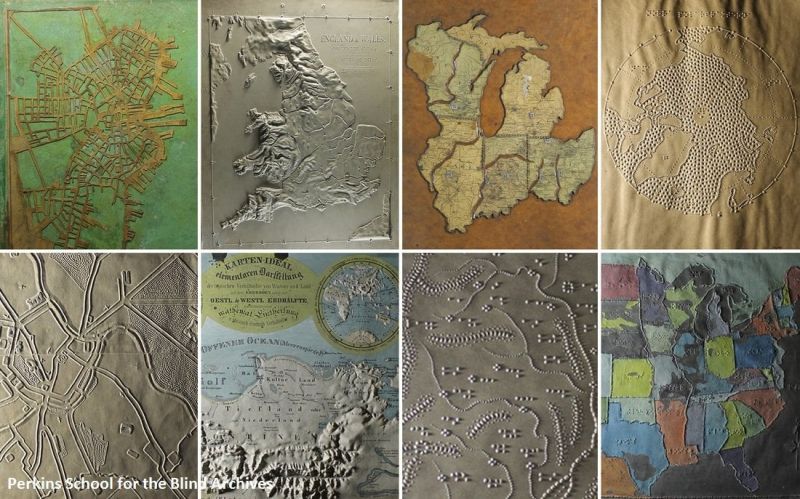Design for all: reading between the lines
The phrase 'design for all' isn't quite as bad as 'all lives matter' but there is something a little tricky about this phrase when it comes to accessibility and disability. We should probably question what we really mean by this.
So often “for everyone” in pitches related to people with disabilities is translated to mean “for everyone else (who doesn’t have a disability).” This is a subtle way that work for people with disabilities gets justified to corporations and individuals who are concerned with scale: well, this is for everyone. Sounds great, right? But let’s unpack why this can be trouble, too:
Just recently I had a chat with a researcher at a big company who kept insisting that I clarify how my work (on accessibility) applies “to everyone.” They were initially interested in some kind of partnership/collaboration, but it soon became clear to me that they didn’t want to do anything “just” for people with disabilities. What they really cared about was everyone else (people without disabilities). They wanted to hear that the work I was doing applied to people without disabilities too - they wanted to make sure my time wasn’t “wasted on a small scope of impact.” Yikes.
But I talk about this language and framing problem in my introduction to visualization and accessibility materials (which I often have in my talks): some work we do that is worth doing doesn’t fit that Inclusive Design mantra of “design for one, extend to all.” Sometimes good design is just design for a small scope of people. Sometimes good design for some, doesn’t extend to everyone.
Corporations, businesses, and people who want scale might not like that fact!
For example: tactile maps with braille. Braille maps don’t “extend.” Visually, they aren’t always easy to parse unless combined with additional graphics. And you need to be able to read braille. But for folks who are blind and know braille, they can be awesome. Almost nothing else compares in effectiveness to a braille/embossed graphic, in fact. They are very good design, but they don’t fit that Inclusive Design mantra of “extend to all.” Instead, say whatever you really mean.

Don’t use “for all” or “for everyone” casually. It sounds so nice and inclusive! It can be tempting to overuse this, even sometimes to the point where we become afraid to do work that might not have “broad” impact or a “curb cut effect.” We need to be willing to justify our work in other ways, too.
So just remember: some things are more inclusive for one group of people and are paradoxically less inclusive for others. That’s okay to have! We should be willing to mature how we think about including people. Not every decision we make necessarily must be a broad decision that can also be made for everyone. (A post for another day will be about my push for “softerware” and building technologies that are intended to be softer/adaptable for different end use.)
Further Reading
The immensely helpful Disability List by Liz Jackson has a resource called “Critical Axis” which is a great system and organization for different types of problematic framing and rhetoric when it comes to disability. So if this piece seems new to you, I highly recommend you check out their stuff.
In particular they have a bit on the trope of “for all” as well as some rather humorous (and troubling) examples used in industry settings.